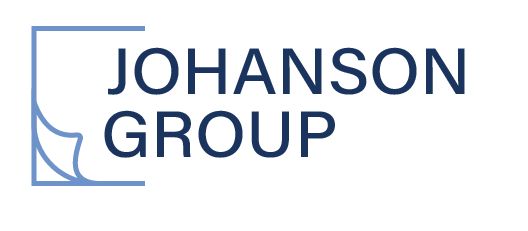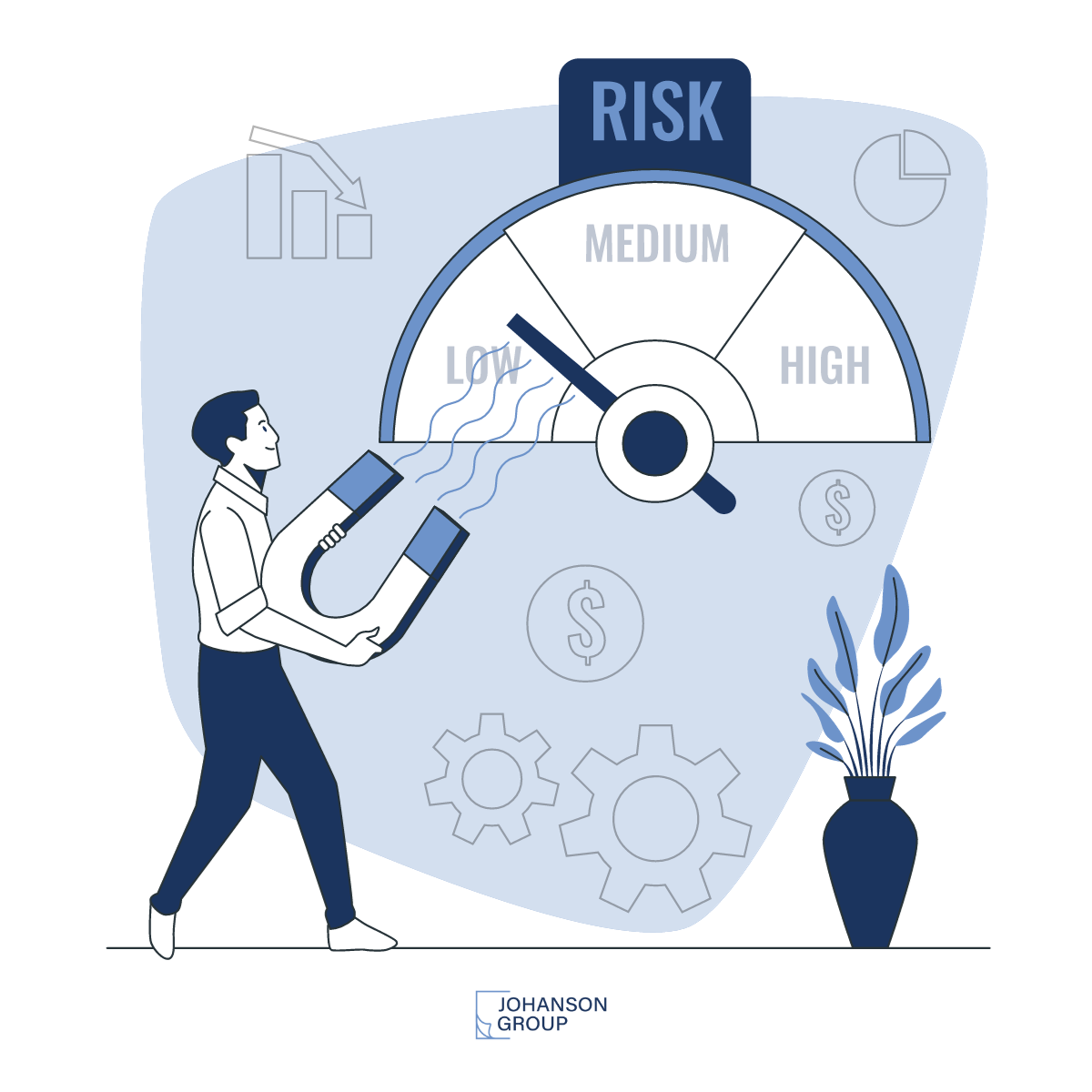SOC 2 and HIPAA Compliance: Similarities and Differences
Data security and privacy are top concerns for businesses and consumers alike. With the rise of cyber attacks and data breaches, companies are under increasing pressure to ensure the safety and protection of their customers’ sensitive information. Two common compliance frameworks that address these concerns are SOC 2 and HIPAA. While both focus on data security and privacy, they have different requirements and target different industries. In this article, we’ll explore the similarities and differences between SOC 2 compliance and HIPAA compliance.
What is SOC 2 Compliance?
SOC 2 (Service Organization Control 2) is a compliance framework developed by the American Institute of Certified Public Accountants (AICPA). It is designed to ensure that service organizations have the necessary controls in place to protect the security, availability, processing integrity, confidentiality, and privacy of customer data.
SOC 2 compliance is often required by companies that provide services to other businesses, such as SaaS (Software as a Service) companies, data centers, and IT service providers. It is also becoming increasingly important for companies that handle sensitive customer data, such as healthcare organizations and financial institutions.
Requirements for SOC 2 Compliance
To achieve SOC 2 compliance, companies must undergo a rigorous audit by a third-party auditor. The audit evaluates the company’s controls and processes related to security, availability, processing integrity, confidentiality, and privacy.
The five trust service categories that are evaluated in a SOC 2 audit are:
Security: The protection of the system against unauthorized access, use, or modification.
Availability: The system is available for operation and use as committed or agreed.
Processing Integrity: System processing is complete, accurate, timely, and authorized.
Confidentiality: Information designated as confidential is protected as committed or agreed.
Privacy: Personal information is collected, used, retained, disclosed, and disposed of in conformity with the commitments in the entity’s privacy notice and with criteria set forth in generally accepted privacy principles issued by the AICPA and CICA.
What is HIPAA Compliance?
Overview of HIPAA
HIPAA (Health Insurance Portability and Accountability Act) is a federal law that sets standards for the protection of sensitive patient information. It applies to healthcare providers, health plans, and healthcare clearinghouses, as well as any business associates that handle protected health information (PHI) on their behalf.
HIPAA compliance is essential for healthcare organizations to ensure the confidentiality, integrity, and availability of PHI. It also helps to protect against unauthorized access, use, or disclosure of PHI.
Requirements for HIPAA Compliance
To achieve HIPAA compliance, healthcare organizations must comply with the HIPAA Privacy Rule, Security Rule, and Breach Notification Rule. These rules outline the requirements for protecting PHI and responding to data breaches.
The HIPAA Privacy Rule sets standards for the use and disclosure of PHI, while the Security Rule establishes standards for the security of electronic PHI (ePHI). The Breach Notification Rule requires organizations to notify affected individuals, the Department of Health and Human Services, and in some cases, the media, in the event of a data breach.
Differences Between SOC 2 and HIPAA Compliance
While there are some similarities between SOC 2 and HIPAA compliance, there are also significant differences that organizations should be aware of.
Target Industries
One of the main differences between SOC 2 and HIPAA compliance is the target industries. SOC 2 compliance is primarily targeted towards service organizations, while HIPAA compliance is focused on healthcare organizations.
Scope of Compliance
SOC 2 compliance has a broader scope than HIPAA compliance. While HIPAA compliance focuses on the protection of PHI, SOC 2 compliance covers a wider range of data, including financial data, customer data, and intellectual property.
Requirements for Compliance
The requirements for SOC 2 and HIPAA compliance also differ. SOC 2 compliance has five trust service categories that organizations must meet, while HIPAA compliance has three rules (Privacy, Security, and Breach Notification) that organizations must comply with.
Similarities Between SOC 2 and HIPAA Compliance
While SOC 2 and HIPAA compliance have different origins and target different industries, there are some similarities between the two frameworks.
Focus on Data Security and Privacy
Both SOC 2 and HIPAA compliance have a strong focus on data security and privacy. They both require organizations to have controls in place to protect sensitive information from unauthorized access, use, or disclosure.
Third-Party Audits
Both SOC 2 and HIPAA compliance require organizations to undergo third-party audits to assess their compliance. These audits are conducted by independent auditors who evaluate the organization’s controls and processes to ensure they meet the requirements of the respective framework.
Ongoing Compliance
Both SOC 2 and HIPAA compliance are ongoing processes. Organizations must continuously monitor and update their controls and processes to maintain compliance and address any changes in the regulatory landscape.
Achieving Compliance: Best Practices
Regardless of whether your organization needs to comply with SOC 2 or HIPAA, there are some best practices that can help you achieve and maintain compliance.
Conduct a Risk Assessment
Before beginning the compliance process, it’s essential to conduct a risk assessment to identify potential vulnerabilities and risks to your organization’s data. This will help you determine which controls and processes are necessary to mitigate these risks and achieve compliance.
Implement Strong Security Measures
Both SOC 2 and HIPAA compliance require organizations to have strong security measures in place to protect sensitive data. This includes implementing firewalls, encryption, access controls, and regular security updates.
Train Employees on Compliance
Employees play a crucial role in maintaining compliance. It’s essential to train employees on the requirements of SOC 2 or HIPAA compliance and their role in protecting sensitive data. This includes training on data security best practices, such as password protection and data handling procedures.
Regularly Monitor and Update Controls
Compliance is an ongoing process, and it’s essential to regularly monitor and update your controls and processes to maintain compliance. This includes conducting regular audits and risk assessments to identify any potential vulnerabilities and address them promptly.
SOC 2 and HIPAA compliance are two frameworks that help organizations protect sensitive data and maintain compliance. While they have some similarities, they also have significant differences that organizations should be aware of. By following best practices and regularly monitoring and updating controls, organizations can achieve and maintain compliance with these frameworks and ensure the safety and protection of their customers’ sensitive information.
Ready to enhance your compliance journey?
Contact Johanson Group today to explore our risk management reporting, assessments, and auditing expertise. Whether you're aiming for HIPAA or SOC 2 compliance, we're here to help you achieve excellence in data security and regulatory adherence.








You’ve done your research, know what SOC 2 is, and how it can benefit your organization. But you still have some questions about the process. In this article, we will dive into the key components of a comprehensive SOC 2 risk assessment and steps to ensure an effective process.